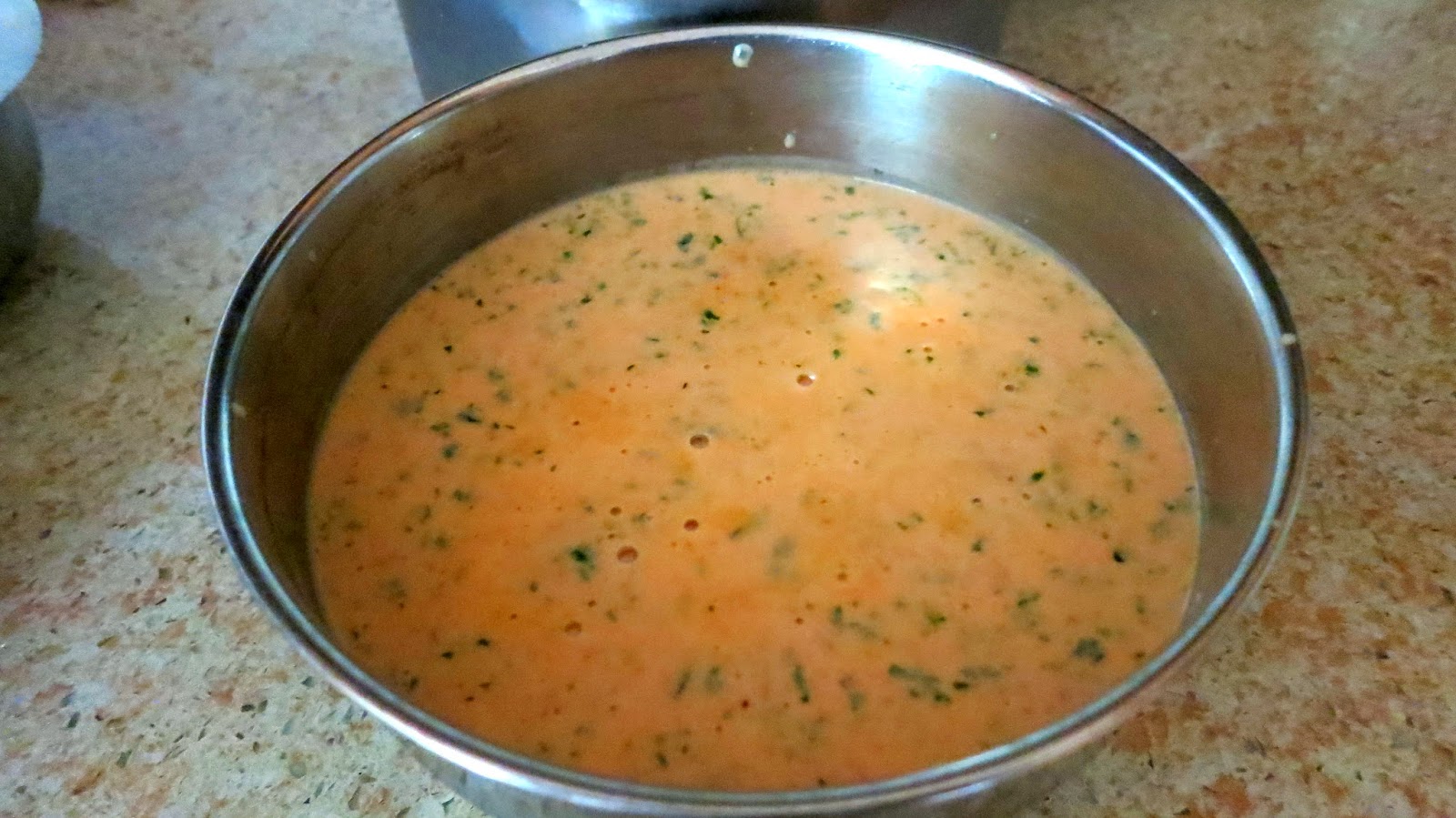Rajma is one of my favorite curries and it is my go to accompaniment to rice and roti when I am feeling lazy. Except for the advanced preparation of soaking the beans (not needed if you are using canned beans), it is a very simple and quick dish to make. The version I make is creamy and flavorful but low-fat without the addition of cream or without any exotic or hard-to-find spices. Purists may look askance at my concoction but I would have it not any other way :).
The key to my recipe is the sauce. I use a blend of tomatoes, coriander leaves, mint leaves and yogurt. I add this blend to the beans and simmer with salt, turmeric and chilli powder. Finally, a drizzle with hot oil or ghee. Eat it with rice or any Indian bread.
Ingredients
Kidney beans (dry or canned). Small one if using canned.
A small can of diced tomatoes (canned)
Sprig of fresh coriander
Sprig of mint
Low fat plain yogurt, 4 table spoon
Pinch of salt, turmeric, chilli powder and asfoetida
Olive oil, coconut oil or ghee
1. If using dry kidney beans, soak them overnight in plenty of water. Once they are well soaked and swollen, cook them in either pressure cooker or over the stove top till they become tender. If you are using canned beans, you can skip this step.
2. Meanwhile, add half a can of tomatoes, fresh coriander, fresh mint, all of yogurt into a blender and puree using pulse setting. When done, the sauce will look like this.
3. Heat a tablespoon of olive oil in a saucepan and add turmeric, chilli powder and salt. Add the beans and pour the sauce over the beans. With a spatula, thoroughly mix all the ingredients together. Heat it thoroughly on low heat. Do not simmer the mixture as it will cause the yogurt to curdle and separate.
4. In a separate pan, heat 1-2 tablespoon of olive oil, coconut oil or ghee. Drizzle the hot oil over the bean mixture.
5. Eat with cooked sticky rice or flat Indian bread.
Thanks for visiting.






















































